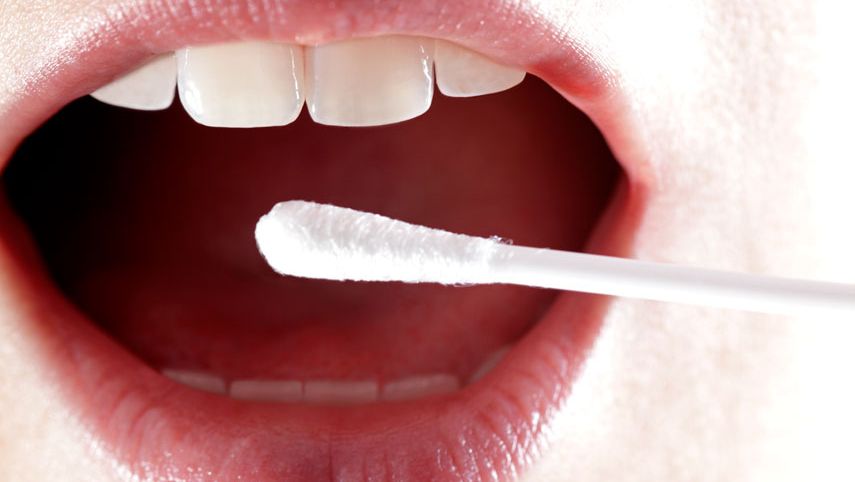Made to Match: Bone Marrow Donations Demystified
Caitlin Emma, a college student who donated bone marrow to a child in need, explains the process from the other end of the needle.

As an indvertent bone marrow donor, I saved a child's life, and you can, too. Six out of 10 leukemia patients do not get the transplant they need — even though donating bone marrow is much simpler than it sounds. The procedure is misunderstood — I'm always explaining that no one hacked into my bones. It was really quite easy, considering the reward. Here's how it went down:
Background: In March 2008, my freshman spring, I was covering a campus bone marrow drive for the school paper when one of the volunteers wrangled me into registering. Before I knew it, I was jotting down my info and having the inside of my cheek swabbed with a Q-tip. "You'll probably never be contacted, but it's a great thing to do," the volunteer said.
Duty Calls: Two years later, I was at my parents' when my phone rang. It was a woman from DKMS, a bone marrow donation organization. "Did you get our package?" she asked. My mom handed me some mail, including a packet explaining that I was a potential match for a transplant patient, an 8-year-old girl with leukemia. "I'll call you back," I said, absorbing the commitment. First, I'd be screened to confirm the genetic match; I'd need injections of filgrastim, a drug that bumps up the white blood cell counts of chemo recipients; and I'd have to swear off alcohol and aspirin (a blood thinner) — both college staples — for two weeks. Then I'd spend a day in the hospital hooked up to a machine to filter out my blood stem cells. Needles make me queasy, but helping this little girl was the obvious choice. I called DKMS: I was in. The woman explained that the patient's insurance covered all my medical expenses. Then she gave me a warning: Once I committed to this, the girl would have chemotherapy to destroy her immune system and prevent her body from rejecting my cells. If I changed my mind, she could die. This was starting to feel real.
It's On: In December, a blood test confirmed that I was a match. In January, I got an EKG, a chest X-ray, and a blood workup at Boston's Dana-Farber Cancer Institute, and the donation was set for February 10. The only thing that gave me pause was the filgrastim. No long-term safety studies existed on the drug's use in healthy donors, which unnerved me. But cancer patients and donors had taken it for years; how risky could it be? For the five mornings before the donation, a nurse came to my apartment to inject the drug into my arm. From the day after the first shot till the day after my donation, side effects — headaches and bone pain — plagued me, but I knew it was nothing compared with my patient's ordeal.
D-Day: The morning of the procedure, my mother, my boyfriend, Drew, and I drove to the hospital. I had a final filgrastim shot and climbed into a bed, my left arm connected with an IV to an apheresis machine, which would filter out my stem cells. My right hand was connected to another IV. Over the next six and a half hours, my blood circulated through the machine three times, my stem cells collecting in a bag. The soupy white liquid was unrecognizable, but I liked watching it fill up. I wrote a letter to my patient, joking in the note about the early Valentine I was sending her, to keep myself from crying.
At 3:30 p.m., they unhooked me. I was dizzy, but napped in the car; and by dinnertime, I felt normal. The next day, I got a call: The transfer had gone smoothly. I was thrilled that my cells had found my patient. And this past May, I finally got to meet her at her home in Indiana. It was a powerful experience — and I'd recommend it to anyone.
HOW YOU CAN HELP
The fastest way to get involved is to become part of the bone marrow registry: More donors mean more chances to save a life. Go to getswabbed.org to sign up, and DKMS will mail you a DIY cheek swab kit that you can send back to its lab for tissue typing. And starting this month, pick up a bottle of OPI I Love DKMS Nail Lacquer; $20,000 of proceeds from sales will be donated to DKMS.
Get exclusive access to fashion and beauty trends, hot-off-the-press celebrity news, and more.